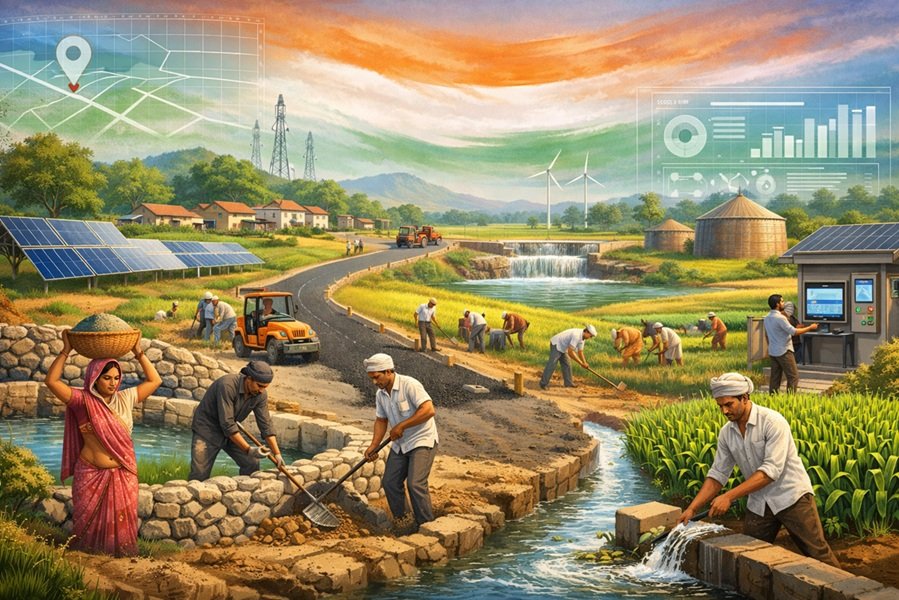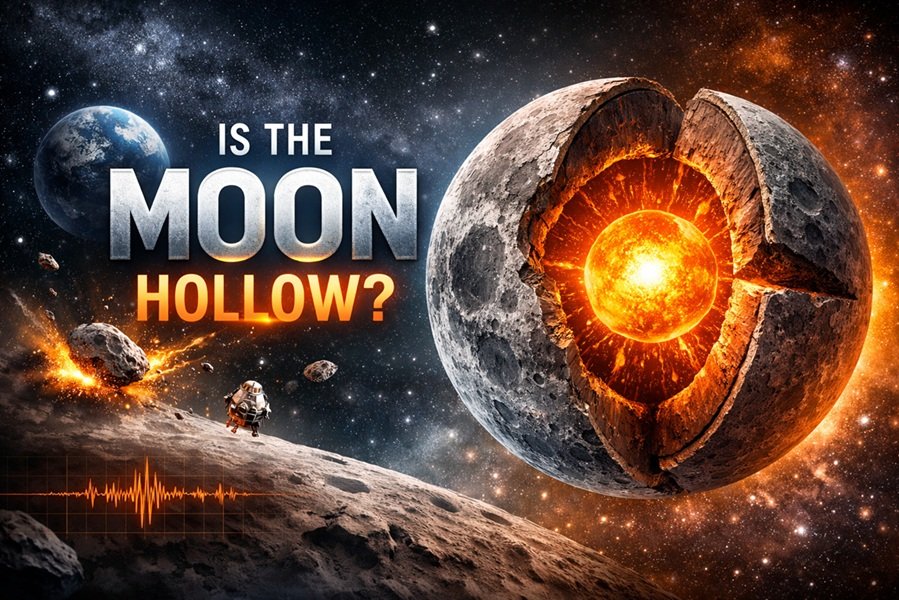
The Invisible Engines Behind the Air We Breathe
When we think about oxygen — the invisible, life-sustaining gas that fills every breath we take — it’s easy to picture lush rainforests or towering trees as the primary source. While forests like the Amazon are often called the “lungs of the Earth,” the real story of where most of our oxygen comes from is far broader, deeper, and even underwater.
Let’s dive deep into understanding the true origins of Earth’s oxygen and why preserving these vital systems is crucial for life as we know it.
A Quick Look at Earth’s Atmosphere
The Earth’s atmosphere today is composed of approximately:
- 78% nitrogen
- 21% oxygen
- 1% other gases (such as argon, carbon dioxide, neon, etc.)
Oxygen is essential not only for humans and animals but also for supporting the entire web of life, from the smallest bacteria to the tallest redwood trees. But have you ever wondered — how is this oxygen constantly replenished?
The answer: Photosynthesis.
Photosynthesis is a process where plants, algae, and certain bacteria convert carbon dioxide (CO₂) and sunlight into energy, releasing oxygen (O₂) as a byproduct.
In simple terms:
Sunlight + CO₂ + Water → Sugars + Oxygen
The Ocean: The Greatest Oxygen Producer on Earth
Contrary to popular belief, the majority of Earth’s oxygen — between 50% to 80% — comes from the oceans, not the forests.
The main contributors?
Microscopic organisms called phytoplankton.
What is Phytoplankton?
- Phytoplankton are tiny, photosynthetic organisms that float near the surface of oceans, lakes, and rivers.
- They behave much like terrestrial plants, using sunlight to create energy and releasing oxygen.
- Despite their small size, collectively, phytoplankton form the base of the oceanic food chain and play a huge role in Earth’s ecosystems.
Some key types of oxygen-producing marine organisms include:
- Diatoms
- Cyanobacteria (like Prochlorococcus, one of the most abundant photosynthetic organisms on the planet)
- Dinoflagellates
According to scientists, if phytoplankton were to suddenly disappear, not only would oceanic ecosystems collapse, but atmospheric oxygen levels would also plummet — putting all air-breathing life in jeopardy.
👉 Sources:
Forests: The Lungs of the Land
While phytoplankton dominate global oxygen production, terrestrial plants and forests — especially tropical rainforests — still play a significant role.
How Forests Contribute:
- Through photosynthesis, trees absorb carbon dioxide and release oxygen.
- Forests also act as vital carbon sinks, absorbing massive amounts of CO₂ and helping stabilize the climate.
However, it’s important to note:
- Forests recycle a large portion of the oxygen they produce.
Trees and plants, through respiration (especially at night), consume some of the oxygen they generate. - Therefore, their net contribution to Earth’s oxygen pool is significant but less than often portrayed in popular media.
Still, deforestation and forest degradation pose serious threats — not just to biodiversity and carbon storage, but to the overall health of the atmosphere.
👉 Sources:
🦠 Ancient Origins: Cyanobacteria and the Great Oxygenation Event
To truly understand where our oxygen comes from, we have to travel back billions of years.
Around 2.4 billion years ago, a major shift known as the Great Oxygenation Event (GOE) occurred.
Tiny organisms called cyanobacteria — ancient ancestors of modern algae — started to photosynthesize and release oxygen as a waste product.
At first, Earth’s oxygen levels remained low because the oxygen reacted with dissolved iron and other elements. But eventually, the atmosphere began accumulating free oxygen, setting the stage for the evolution of complex life forms like plants, animals, and ultimately, humans.
Without this event, multicellular life as we know it could never have developed.
Modern Challenges: Threats to Oxygen Production
Today, several human-driven factors are threatening the natural oxygen generators of our planet:
- Ocean warming: Warmer oceans reduce nutrient availability for phytoplankton, impacting their populations.
- Pollution: Runoff containing fertilizers and chemicals can cause harmful algal blooms, which disrupt natural marine ecosystems.
- Deforestation: Massive loss of forests reduces terrestrial oxygen production and carbon sequestration capacity.
- Climate Change: Changes in temperature, currents, and atmospheric CO₂ levels can disrupt both marine and terrestrial photosynthetic processes.
The decline in phytoplankton populations, reported in some studies over the last century, is particularly alarming, as it could directly impact global oxygen levels over time.
Conclusion: Protecting the Planet’s Breath
In summary:
- 50% to 80% of Earth’s oxygen comes from the ocean, primarily thanks to phytoplankton.
- Forests still play an important role, especially in carbon cycling and biodiversity support.
- The foundation of our breathable atmosphere was laid billions of years ago by cyanobacteria.
- Human activities are threatening both oceanic and terrestrial oxygen production systems.
Ultimately, protecting the ocean and preserving forests is essential not just for scenic beauty or scientific curiosity — but for the very air we breathe.
Every choice we make toward conservation, sustainability, and reducing pollution is a step toward securing our planet’s life-support system for future generations.
Explore Quizzes:
- What is the Original Purpose of Bubble Wrap?
- How Much Horsepower Does a Horse Have?
- Does It Snow in South India? A Look at Lambasingi
- Who was the first player to take a wicket on 0th ball in men’s international cricket
- Why Was Air Conditioning Invented?
- What is the southernmost point of India?
- Why Was Rumali Roti Created? History, Origin & Culinary Significance
- Which Indian Actor Has Played the Most Number of Roles in the Same Film?







